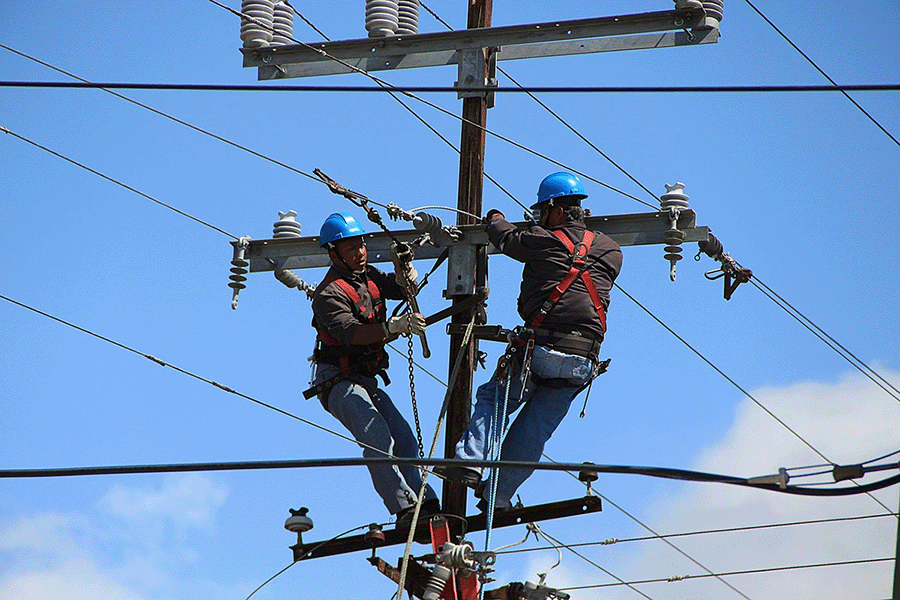Back in the earliest days of SIP and cloud voice service, users’ constant concerns focused on uptime. With good reason, too; if the voice service wasn’t operational, that meant calls couldn’t get out—or come in—and business couldn’t get done.
Providing redundancy in services has become a crucial point in drawing and keeping users in the fold. Three major advances in dynamic failover technology have recently emerged, designed to keep uptime at its peak and services running smoothly.
What Dynamic Failover Measures Keep Voice Service Running Smoothly?
With advances in dynamic VoIP redundancy and disaster recovery emerging, it’s important for IT and call center managers, as well as voice engineers to take advantage of new failover technology that ensures call delivery at the highest quality and lowest cost.
Increased capacity. When you increase capacity in a system, you have more resources to devote to its operation. One of the best ways to instill redundancy into a system is to have more system capacity than are needed to accomplish basic tasks. It’s easy to overdo this, however, and many shy away from having more systems than necessary due to considerations of waste. Keeping a certain amount of excess capacity in place, however, ensures that the system will be operational even during periods of peak use as your voice needs scale over time.
Error codes. In VoIP service, the use of 503 codes is a major advance to improving dynamic failover. Using 503 codes allows for immediate signaling in the event of service failure, which can trigger failover systems to activate. The faster failover systems can respond to issues, the less likely it’ll be for end users to experience dropped or disconnected calls.
Domain names replace IP addresses. The use of domain name services (DNS) SRV records, for example, allows for automatic load balancing and failover systems that provide support before anyone notices a problem has taken place. Legacy cloud voice and SIP trunks relied on IP addresses to route calls to specific servers, but with DNS SRV a single domain name can be used to power redundant routing to keep calls flowing if individual servers are taken offline for maintenance or encounter an issue and go offline. The end result is a fault tolerant system that delivers maximum up-time.
The use of DNS A records, meanwhile, helps organizations with technology that can’t support SRV records. DNS A records can be automatically updated by application programming interface (API), meaning that organizations can have access to DNS records to improve service, regardless of the format they’re presented in.
How to Take Advantage of New Dynamic Failover Technology
Everyone in enterprise telecom, contact center management, and VoIP providers are interested in dynamic redundancy systems, whether they know it or not. In the end, they’re really interested in systems that scale and are up and running when they’re needed.
For the best in dynamic failover that takes advantage of the three newest advances in redundant technology, reach out to us at thinQ. Our cloud communications platform is designed to deliver on the promises of dynamic failover, and with that, add vital notes of redundancy to voice service that will help keep operations running whenever they’re needed, at scale.
Improve your voice services’ ability to stand against competitors in the marketplace with dynamic failover, and when you’re ready, get in touch with us to set up a demo.

















